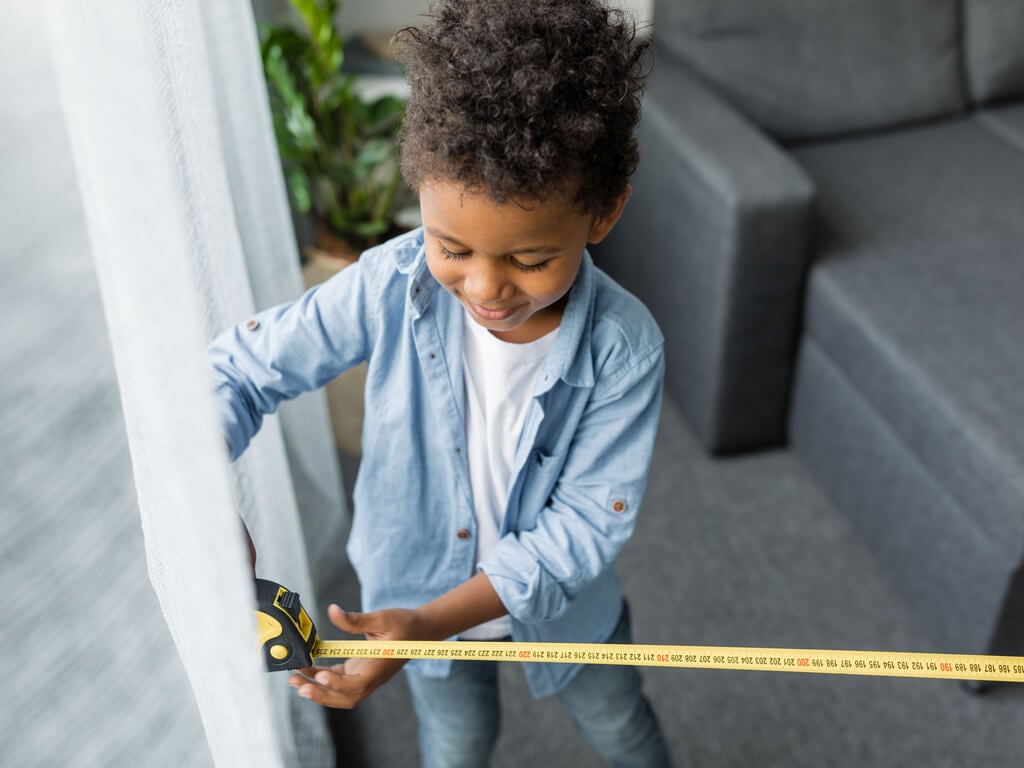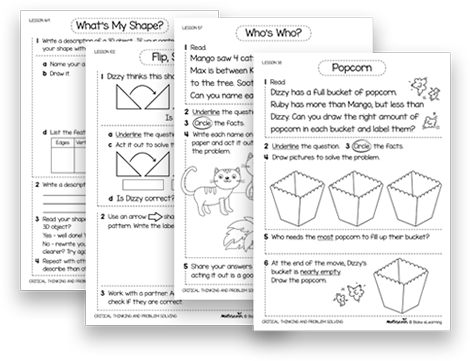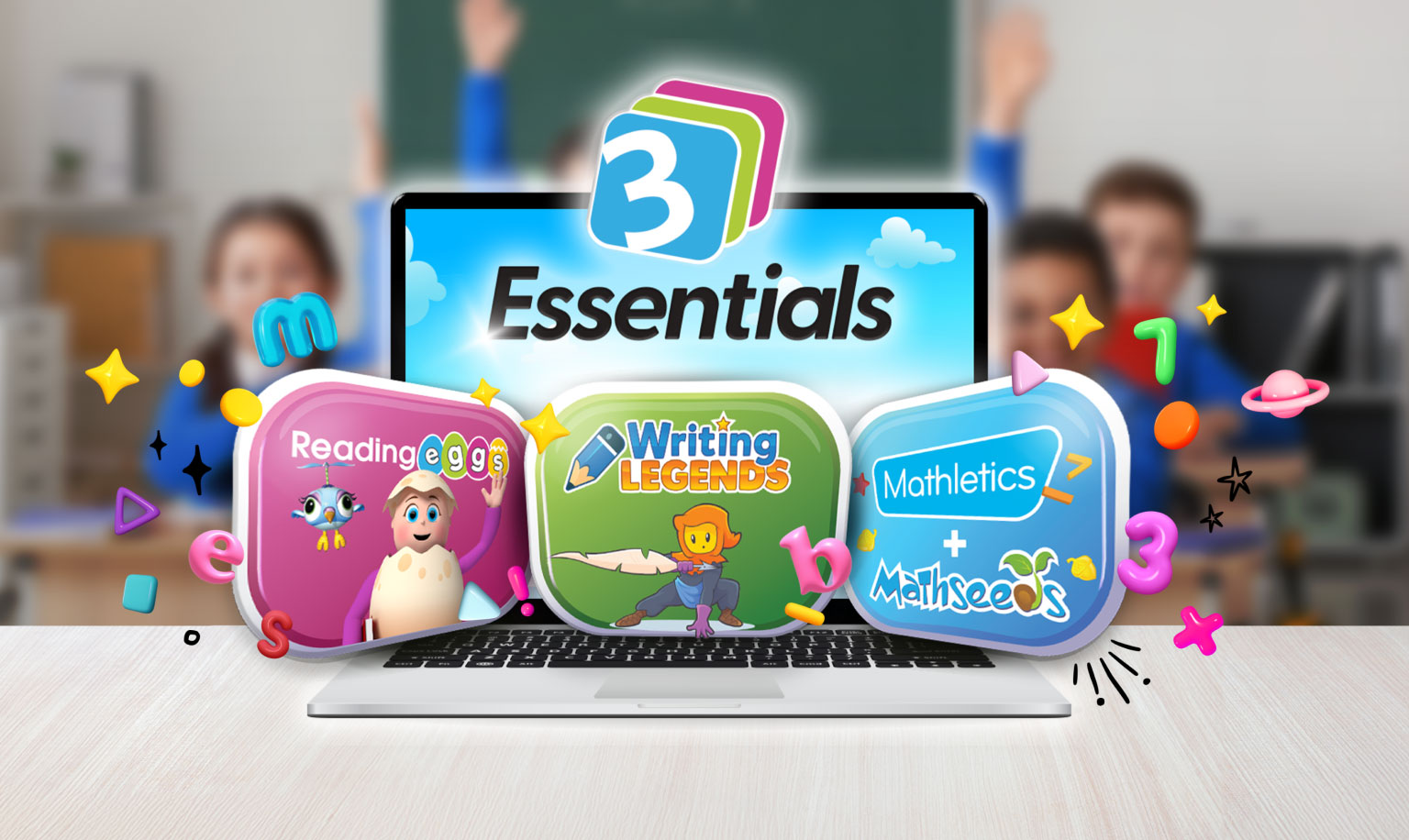
Too often, our students only realize the importance of math in the real world after they’ve left school.
Five years down the line, when they’re sorting personal finances or putting together IKEA furniture with increasing impatience, they finally get the importance of what we were blabbing on about all those years.
But what if we could connect math to the real world right from the very beginning? We’d never again have to hear “When are we ever going to use this?”
Here are five real-world math activities you can do to teach students the importance of numbers in life outside the classroom.
Use show-and-tell to highlight the use of math outside class
Have a regular round of mathematical show-and-tell where students share any out-of-class encounters they’ve had with math throughout the week. These might be:
- activities they’ve done at home (tip: you could put parents onto some easy at-home math activities).
- math concepts they’ve noticed in authentic settings (percentages in ads, fractions, and decimals in the newspaper – anything they can find).
- everyday tasks in which they’ve used their mathematical knowledge (this could be as simple as counting out knives and forks for the dinner table).
The discovery of math in the real world is so much more powerful if it comes from students themselves, and that’s exactly what this activity does.
Create practical resources using math
One of the best ways to connect math with the real world is using it to create something students find useful outside of math class. Consider:
Timetables
Between music lessons, sport, homework, play dates, and family time, our students have plenty to organize. Show them how to divide up the hours in the day and set aside blocks of time for each commitment.
Goal setting
Specific and quantifiable goals are another opportunity to use numbers. Students could even create graphs to track them toward completion.
These might be academic (e.g. improving grades by a percentage), or cocurricular (e.g. adding up the pages of books read during the year to meet a target).
Pocket money planners
With many middle and high school students managing bank accounts, part-time jobs, and phone plans, developing financial literacy is another opportunity to use math in an authentic context.
You can do it with younger students, too, by creating a class currency (also useful as a behavioral incentive), which they can trade for items in a “class shop”.
Creating a real world resource students can actually use proves the relevance of math outside the classroom. And once they know it’s not confined to textbooks and assessments, your students will be so much more motivated to hone their numerical skills.
Set real-world math homework activities
Homework is the perfect opportunity to teach math for the real world. After all, students are literally using mathematical reasoning outside of school hours and in a non-classroom environment. At last, they’re in the “real world”.
Yet we often persist in setting homework that is really just a continuation of classroom activity. Finish off the worksheet, complete the review questions in the textbook, move onto the next chapter … you get the idea.
Why not take advantage of the home environment by getting students to engage with the mathematical concepts that make a home function? Here are a few ideas:
- Budget for the week’s grocery shopping. Students can use online supermarket catalogs to plan it out down to the cents!
- Cook to a recipe. The perfect opportunity to practice measurement with a real, edible incentive.
- Counting and measuring items around the house is a simple activity that helps younger students see the numerical properties of the physical environment.
Bonus: these activities can get parents and families involved, so math becomes a collaborative real-world activity as opposed to a solitary one.
Connect math to student interests
Nothing is more ‘real’ to our students than the things they already know and love. And when you connect math to these personal interests – it becomes real too.
Do you have a group of budding social media influencers in your class? Have them calculate a projected number of social media followers using exponential growth.
Why not get sports fans to track the scores of their favourite players or teams, and then calculate means, medians, averages, or trends?
And let’s not forget about the gamers in the class. Next time they’re geeking out they can add up experience points (XP), virtual money spent, or total scores.
Whatever interests your students have, make the mathematical connection. It’s the one of the most engaging ‘real world’ activities you can do.
Use real-life examples
Up the game by using a physical real-world resource in (or out of) the classroom during your instruction.
Let’s say you’re teaching patterns. Instead of working from a worksheet, you can use something as simple as a brick wall or the pavers outside as an authentic demonstration of patterns in action. You could have students:
- continue the pattern, either on paper or maybe using hands-on material
- describe it to a partner who has not seen it, who can then try to replicate it according to their instructions
- use chalk or an erasable marker to identify other familiar shapes within the pattern.
This also gives you the opportunity to delve into the real-world applications of math. For example, you could enrich any of these pattern activities by asking:
Why might a builder choose this pattern?
And then off the back of this discussion:
So, why do you think it is important for us to know about patterns?
Need more help connecting math with the real world?
Download our free problem-solving and reasoning activities to get students started with real-world mathematical thinking. Check out the other free printables in our resource hub while you’re there!











